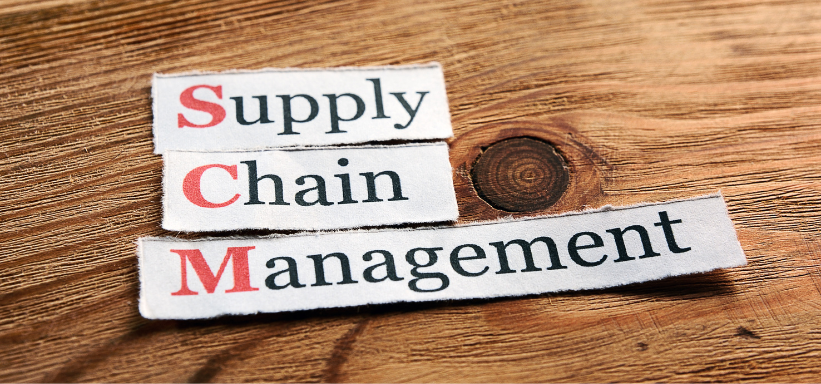Executive Summary
-
Blockchain technology is revolutionizing supply chains by enhancing transparency and traceability.
-
It addresses major issues like fraud, inefficiencies, and sustainability concerns.
-
Businesses adopting blockchain can expect competitive advantages in market trust and operational efficiency.
Introduction
In today’s global marketplace, the demand for transparency in supply chains is at an all-time high. Consumers and businesses alike are increasingly concerned about the origins and ethicality of products. Blockchain technology emerges as a powerful solution to these concerns, offering unprecedented traceability and reliability. This article explores why blockchain is critical for modern supply chains, detailing its benefits, challenges, and implementation strategies.
Definitions / Context
Blockchain is a decentralized digital ledger that records transactions across multiple computers in a way that ensures the data’s immutability and security. In the context of supply chains, it can trace the journey of a product from raw materials to the final consumer, ensuring every transaction is visible and verifiable.
Benefits / Pros
-
Enhanced Transparency: Provides a single source of truth accessible to all stakeholders, reducing fraud and errors.
-
Improved Traceability: Allows for real-time tracking of products, which is crucial for industries like pharmaceuticals and food.
-
Increased Efficiency: Automates processes and reduces the need for intermediaries, cutting costs and speeding up transactions.
-
Better Compliance: Helps companies meet regulatory requirements by maintaining an indisputable record of the product journey.
Risks / Cons / Challenges
-
Implementation Costs: Initial setup and integration can be expensive and time-consuming.
-
Scalability Issues: Managing large volumes of transactions can be challenging for some blockchain systems.
-
Complexity: Requires significant changes in traditional supply chain processes and employee training.
-
Regulatory Uncertainty: Different jurisdictions may have varying laws impacting blockchain use.
Step-by-Step Process
How to Implement Blockchain in Your Supply Chain
-
Identify Objectives: Determine what aspects of your supply chain would benefit most from blockchain.
-
Select a Blockchain Platform: Choose a platform that best fits your needs (e.g., Ethereum, Hyperledger).
-
Design the Architecture: Develop the blockchain system architecture, ensuring it aligns with your business processes.
-
Pilot Program: Start with a small-scale pilot to test the system and make necessary adjustments.
-
Full-scale Implementation: Roll out the blockchain solution across your entire supply chain.
A leading retail company implemented blockchain technology to trace the origins of its cotton supplies. By doing so, they were able to ensure ethical sourcing and gain consumer trust, resulting in a 20% increase in sales of their cotton products.
Expert Tips / Strategic Insights
-
Collaborate with Industry Peers: Engage with other companies in your industry to create a shared blockchain system, reducing individual costs and increasing data robustness.
-
Stay Updated on Regulations: Regularly review legal updates to ensure compliance with emerging blockchain regulations.
-
Focus on User Training: Invest in training employees to effectively use and manage the new blockchain system.
Tools / Resources / Calculators
-
Blockchain Explorer: Use tools like Etherscan to visualize and verify blockchain transactions.
-
Supply Chain Management Software: Platforms like SAP or IBM offer blockchain-integrated solutions for supply chains.
Conclusion
Blockchain technology is a transformative force in supply chain management, providing transparency and efficiency that were previously unattainable. By addressing key issues such as fraud and inefficiency, businesses can enhance their operations and boost consumer trust. For a tailored strategy on incorporating blockchain into your supply chain, consulting with experts is recommended.


















